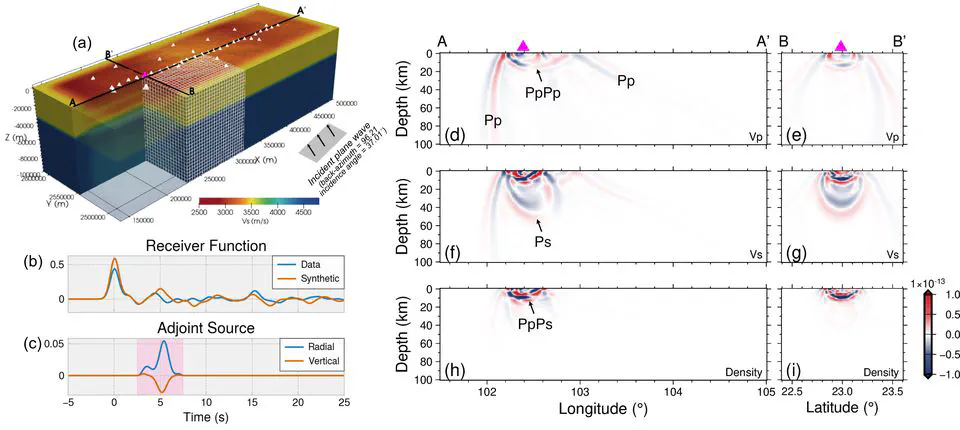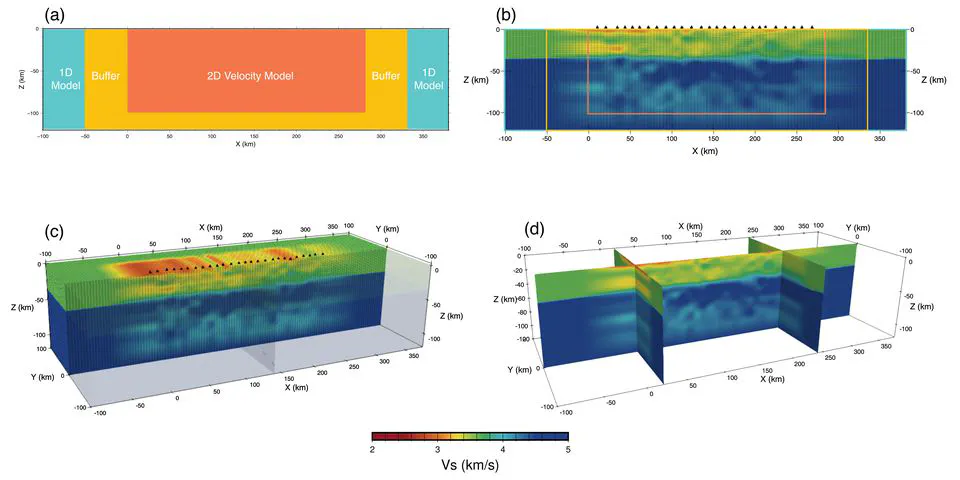About Me
I received Ph.D degree in seismology at Nanjing University. My research focuses on advancing seismic tomographic techniques for investigating earth’s internal structure. I specializes in full-waveform inversion using receiver function, surface wave and local earthquakes to image earth discontinuities, velocity structures and anisotropies.
From Dec 2021 to Jun 2024, I worked for Mathematical Imaging and Geophysics Group at Nanyang Technological University as a research fellow, supervised by Ping Tong.
Since Jul 2024, I have joined Department of Physics, University of Toronto as a postdoctoral fellow, working with Qinya Liu.
I am a core member of the TomoATT Community for developing open-source seismic tomography software SurfATT and TomoATT. I am also a maintainer of the seispy package for receiver function data processing.
- Seismic Imaging and Tomography
- Full-waveform Inversion
- Continental Geodynamics
PhD in Geology
Nanjing University
MSc in Geophysics
Nanjing University
BSc in Electronic Information Engineering
Nanjing University, Jinling College
3D Adjoint Tomography of Teleseismic Receiver Functions: Methodology and Applications
Receiver Function-based Full-waveform Inversion
Seispy: Python module for batch calculation and post-processing of receiver functions
A tutorial of Seispy in chinese.







